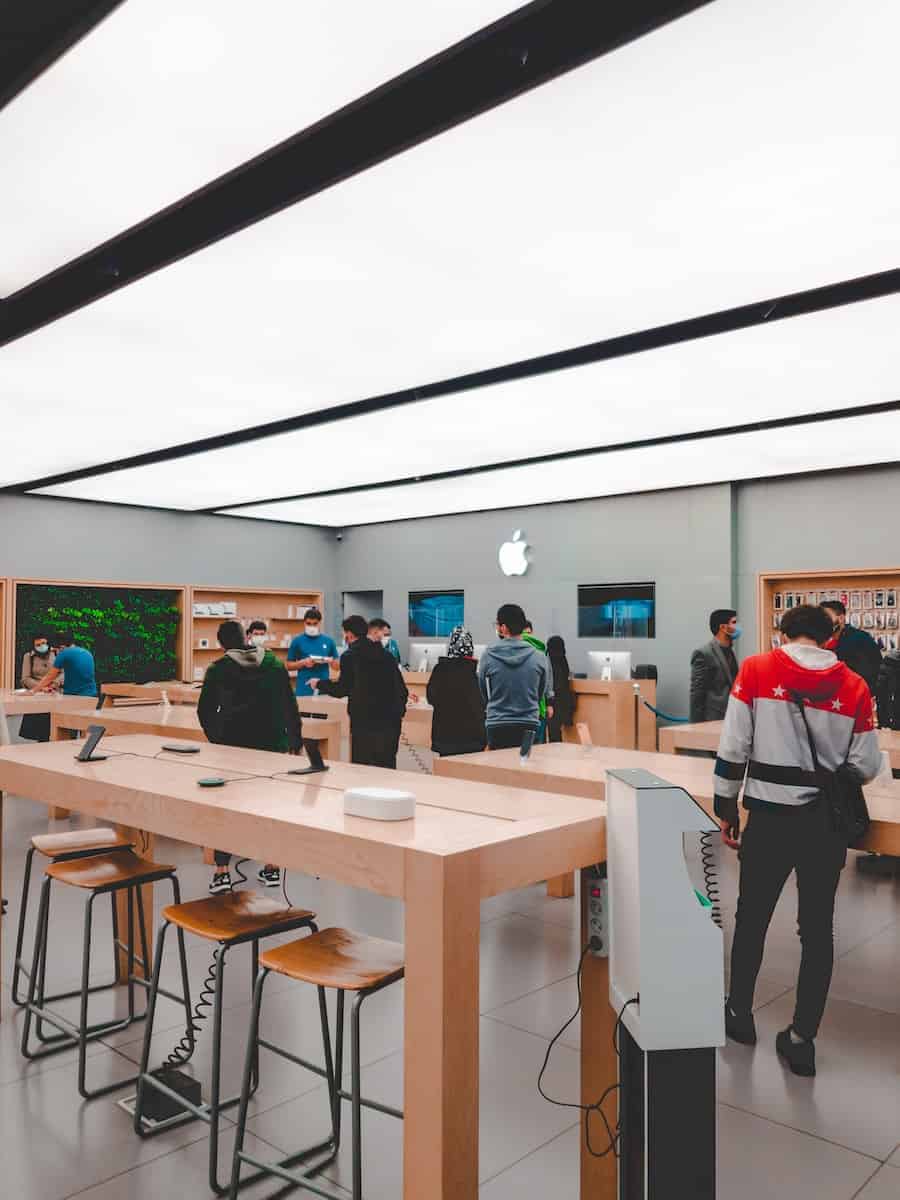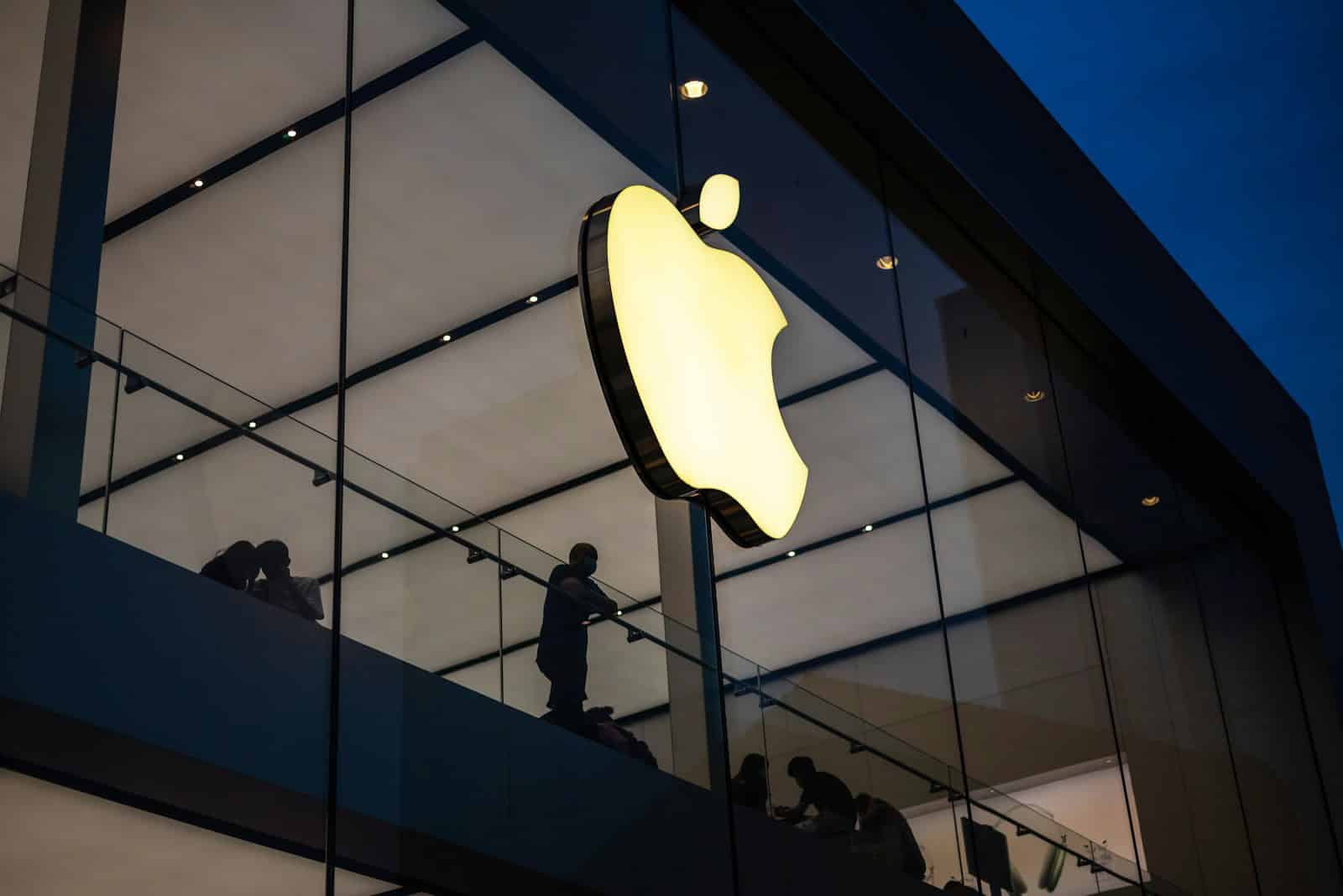A sweeping wave of new U.S. tariffs is poised to reshape the global tech landscape, and few companies are as exposed as Apple. The latest round of trade measures, which include a 10% universal tariff and sharply increased country-specific rates, have landed squarely on Apple’s international supply chain—particularly its deep manufacturing ties to China, Vietnam, and India.
For Apple, which assembles most of its flagship products in China, the stakes couldn’t be higher. Chinese imports now face a cumulative tariff burden of 54%, with Vietnam and India not far behind at 46% and 26%, respectively. These aren’t marginal adjustments—they’re system-shaking changes that could force Apple into raising the price of its core products significantly.
Analysts estimate that the iPhone lineup could see average price increases between 10% and 40%, depending on the model and where it’s assembled. That means a high-end iPhone that sells today for $1,599 could surge to over $2,300 if the full cost is passed on to consumers. Even base models are likely to get more expensive, potentially pricing out millions of would-be buyers in key markets.

Beyond smartphones, the ripple effects extend across the ecosystem—MacBooks, iPads, Apple Watches, and even accessories like AirPods are caught in the crossfire. The combined increase in production costs could balloon Apple’s annual expenses by more than $8.5 billion. While Apple has not issued an official statement, the market has already responded. The company’s stock took a heavy hit following the announcement, erasing hundreds of billions in market value in a matter of hours.
This moment could be a turning point. Whether Apple decides to absorb part of the cost to protect its market share or shift the burden to consumers remains to be seen. Either way, these tariffs aren’t just an economic inconvenience—they’re a strategic threat to one of the most finely tuned supply chains in the world.
Apple’s Supply Chain Vulnerabilities
Apple’s extensive reliance on international manufacturing, particularly in China, has made it especially susceptible to the newly imposed tariffs. The majority of Apple’s products, including iPhones, iPads, and MacBooks, are assembled in China, which now faces a steep cumulative tariff rate. Additionally, other key manufacturing partners in Vietnam and India are also affected by significant tariffs. This widespread application of tariffs across Apple’s supply chain presents major challenges for the company’s production and pricing strategies.
Potential Impact on Product Pricing
The increase in import duties is likely to push Apple toward adjusting its product pricing. To offset the new costs, Apple may be forced to raise prices across its lineup by anywhere from 10% to as high as 40%, depending on the product and the country of origin. For example, the base model iPhone, which currently retails around $799, could see a price bump pushing it into the $1,100+ range. Premium products like the iPhone Pro Max and MacBook Pro could end up costing hundreds more, potentially placing them out of reach for many consumers. These price increases could lead to a dip in demand or force Apple to make difficult decisions around its margins.
Financial Market Repercussions
News of the tariffs immediately rattled the stock market. Apple saw a sharp drop in its share price, resulting in one of its most significant single-day market cap losses in years. The reaction from investors reflects growing concerns over the potential financial strain the company could face. With higher manufacturing costs and uncertain consumer response to price increases, Apple’s margin-driven model is under pressure.
Strategic Responses and Future Outlook
To counteract its supply chain exposure, Apple has announced plans for massive domestic investment in the United States. This includes building new facilities and expanding existing ones, with the aim of bringing more manufacturing closer to home. However, these projects will take time to scale and will not provide an immediate buffer against the current tariff regime.
In the meantime, Apple must navigate difficult decisions—whether to eat the additional costs and risk lower margins, or pass them along to consumers and risk slowing sales. Another possible move could involve accelerating diversification to other countries with more favorable trade relations, although this too comes with costs and logistical hurdles.
Summary Table: Product Origins and Tariff Implications
| Apple Product | Countries of Origin | Potential Tariff Implications |
|---|---|---|
| iPhone (All models) | China, India, Vietnam | High tariffs (20–54%), likely price hikes of $100–$300 |
| iPad | China, Vietnam | Moderate to high tariffs (15–50%), potential $50–$200 increase |
| MacBook Pro | China | High tariff exposure (50%+), cost increases of $200+ possible |
| Apple Watch | China, Vietnam | High tariffs could lead to $30–$80 added per unit |
| AirPods | China | Tariffs may add $20–$50 per pair depending on model |
| Apple Accessories | China, Vietnam, India | Broad range of tariffs (10–45%), minor to moderate price hikes |
This situation is fluid and could change rapidly depending on trade negotiations, exemptions, or shifting manufacturing strategies. For now, consumers and investors alike are bracing for impact.
Key Takeaways
- Apple product prices could rise 10-43% due to new tariffs on Chinese imports.
- The company faces $8.5 billion in additional annual costs that will affect its entire product line.
- Consumers should expect price increases of $50-$150 on iPhones and similar jumps on other Apple devices.
Economic and Political Context of the New Tariffs
The recent tariff policies represent a significant shift in U.S. trade strategy, with far-reaching implications for global commerce and major technology companies like Apple. These policies stem from complex economic motivations and political considerations that have reshaped international trade relations.
Role of Tariffs in International Trade
Tariffs serve as tools for both economic protection and political leverage in global markets. They can shield domestic industries from foreign competition while also functioning as bargaining chips in trade negotiations. The new tariffs may reignite inflation and increase costs for American families by thousands of dollars.
These trade measures often create ripple effects throughout supply chains. For technology companies with global operations, even small tariff changes can dramatically impact manufacturing decisions and pricing strategies.
Economic experts warn that the recent 10% universal import tariff could lead to higher consumer prices across multiple sectors. This happens because companies often pass these extra costs to customers rather than absorbing them.
Many countries have responded with their own counter-tariffs, raising concerns about a potential trade war that could slow global economic growth.
The Administration’s Stance on Trade
President Donald Trump’s administration has taken a firm position on trade imbalances, particularly with China. The policy aims to reduce the U.S. trade deficit and bring manufacturing jobs back to America through aggressive tariff implementation.
The tariffs on Chinese imports will reach 34%, bringing the total rate to 54%. This represents one of the most significant trade actions in recent U.S. history.
White House officials defend these measures as necessary to protect American intellectual property and ensure fair competition. They argue that previous trade agreements put U.S. businesses at a disadvantage.
Critics worry about potential economic fallout. Some business leaders have expressed concern that these policies could disrupt established supply chains and harm American companies like Apple that rely heavily on global manufacturing networks.
The administration maintains that short-term economic pain will lead to long-term gains for American workers and industries, despite warnings from economists about possible recession risks.
Consequences for Apple and the Tech Industry
The newly imposed tariffs have created significant challenges for Apple and other tech companies, affecting everything from stock prices to manufacturing strategies.
Impact on Apple’s Manufacturing Strategy
Apple faces tough decisions about its production networks following the tariff announcement. The company has spent years building a complex manufacturing system centered in China.
Now, Apple must speed up its efforts to move production elsewhere. Vietnam and India have become key alternatives as Apple tries to reduce its dependence on Chinese factories.
The iPhone maker began this shift years ago, but the new tariffs create urgency. Apple has already moved some production of AirPods and Apple Watches to Vietnam.
India has seen growth in iPhone assembly operations. This shift will likely accelerate as Apple tries to avoid the heavy costs of the new tariffs.
These changes won’t happen overnight. Moving complex electronics manufacturing requires building new supplier relationships and training workers, which takes time and money.
Effects on Supply Chain and Global Operations
Apple’s supply chain faces disruption even beyond China. The tariffs affect components from multiple countries that feed into Apple’s products.
Higher costs will hit Apple’s bottom line. The company must either absorb these costs or pass them to consumers through price increases, potentially hurting sales.
Apple’s profit margins, which investors watch closely, may shrink. This explains why Apple stock dropped sharply after the tariff announcement.
Global shipping and logistics will need reworking. Apple’s carefully tuned delivery system that brings millions of devices to stores worldwide requires adjustment.
Parts coming from different countries face different tariff rates, making planning more complex. This patchwork approach makes inventory management more difficult.
Responses from Apple and Other Tech Companies
Apple has already warned that tariffs could hurt its business and might force price increases on popular products. The company may also need to reconsider which products it continues to offer in certain markets.
Tech companies are banding together to lobby against these trade policies. Industry groups have issued statements highlighting potential damage to innovation and American jobs.
Apple’s competitors face similar challenges. Companies like Dell, HP, and Microsoft saw their stocks fall following the tariff announcement, though not as dramatically as Apple.
Some tech firms are exploring different strategies:
- Accelerating automation to reduce labor costs
- Seeking tariff exemptions for specific components
- Redesigning products to use non-tariffed materials
These responses show how deeply the tariffs affect the entire tech ecosystem, not just Apple alone.
Frequently Asked Questions
The new tariffs on Chinese imports are creating significant changes for Apple’s business model and product pricing. These shifts affect everything from manufacturing locations to what consumers might pay at checkout.
What are the implications of the latest tariffs on the cost of Apple products for consumers?
The latest tariffs could increase Apple product prices by about 10% in the coming months. This might lead to price increases of $50 to $150 on higher-end devices like iPhones and MacBooks.
Consumers may face these higher costs as early as summer 2025 if Apple decides to pass the tariff burden to customers rather than absorbing the costs themselves.
Many analysts expect that budget-conscious shoppers might delay upgrades or switch to competing brands if prices climb too high.
How might Apple’s supply chain be impacted by recent tariff changes?
Apple’s global supply chain faces major disruption as the new tariffs will impact even non-China supply chains. The company has spent years building manufacturing partnerships across Asia.
These tariffs will increase Apple’s annual costs by approximately $8.5 billion, creating pressure to restructure their production networks quickly.
Suppliers in Vietnam, India, and other countries where Apple has been shifting production will still be affected because many components continue to come from China.
What measures is Apple taking to mitigate the effects of new tariffs?
Apple is speeding up plans to move more production out of China and into countries like India and Vietnam. They’re also negotiating with suppliers to share some of the added costs.
The company has reportedly been lobbying government officials for exemptions on certain components that cannot be quickly sourced elsewhere.
Apple may also adjust product release schedules to align with potential policy changes or tariff adjustments in the coming year.
Could new tariffs influence the retail price of Apple’s electronic devices?
Yes, the tariffs will likely push retail prices higher for most Apple products. It remains uncertain whether Apple will absorb all costs or pass them to consumers.
The base model iPhone might increase by around $50, while premium models could see jumps of $100 or more. Similar increases may apply to MacBooks, iPads, and other devices.
Apple typically maintains specific price points, so they might also reduce features or components in future models to keep prices stable.
In what ways might Apple’s product manufacturing strategy change due to tariff adjustments?
Apple will likely accelerate its manufacturing diversification strategy that began years ago. More assembly work may shift to India, Vietnam, and possibly Mexico.
The company might redesign certain products to reduce dependence on components that face the highest tariffs or come exclusively from China.
Long-term investments in automated manufacturing could increase to reduce labor costs and allow more production in the US or other higher-cost regions.
How will Apple’s revenue and market performance potentially be affected by the imposition of new tariffs?
Apple’s share price has already fallen 7% following the tariff announcement, reflecting investor concerns about profit margins and sales volume.
Revenue growth may slow in the next few quarters if consumers delay purchases or choose lower-priced alternatives.
Analysts predict Apple’s profit margins could shrink by 3-5% if they absorb even part of the tariff costs, potentially affecting their position as one of the world’s most valuable companies.







